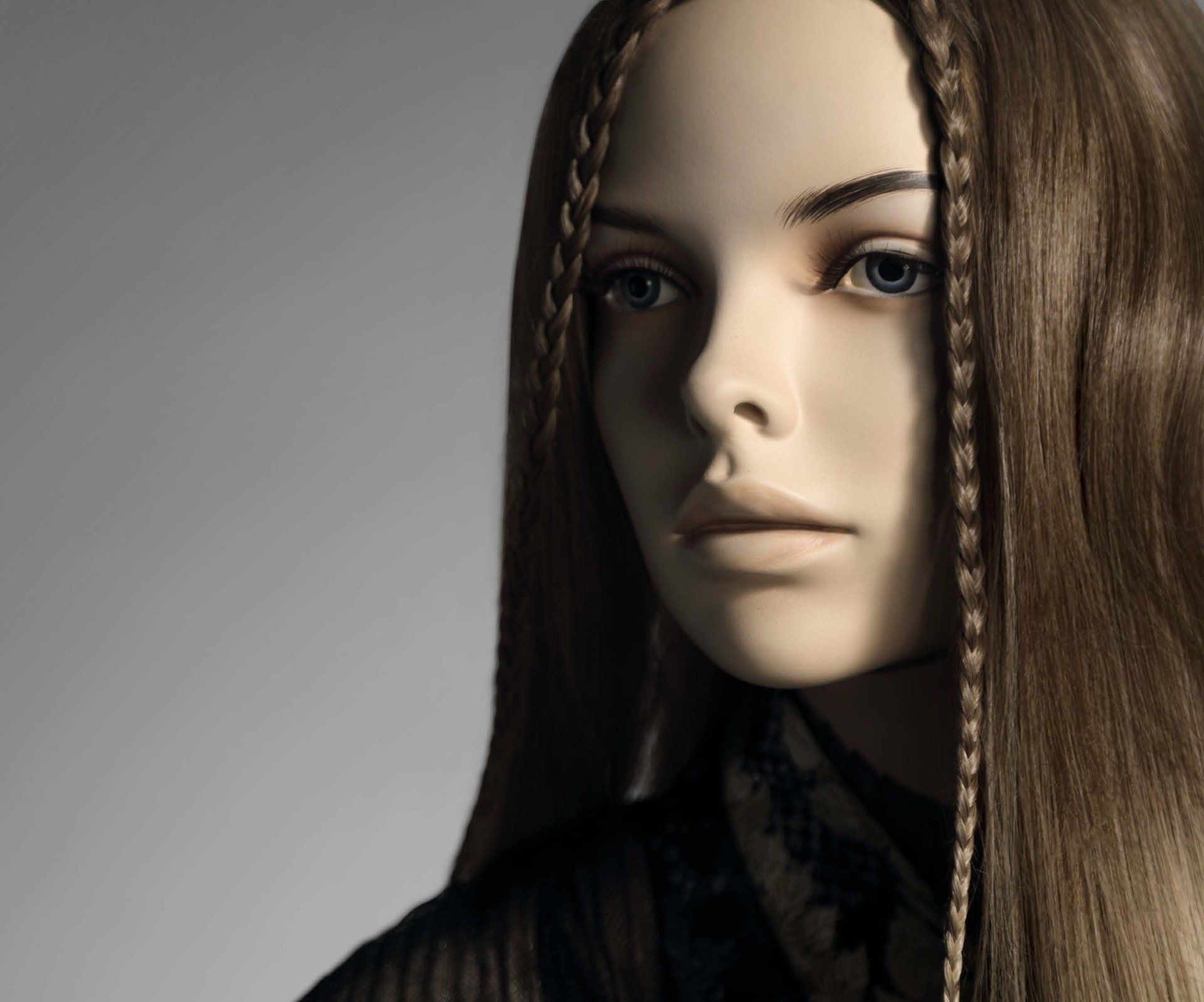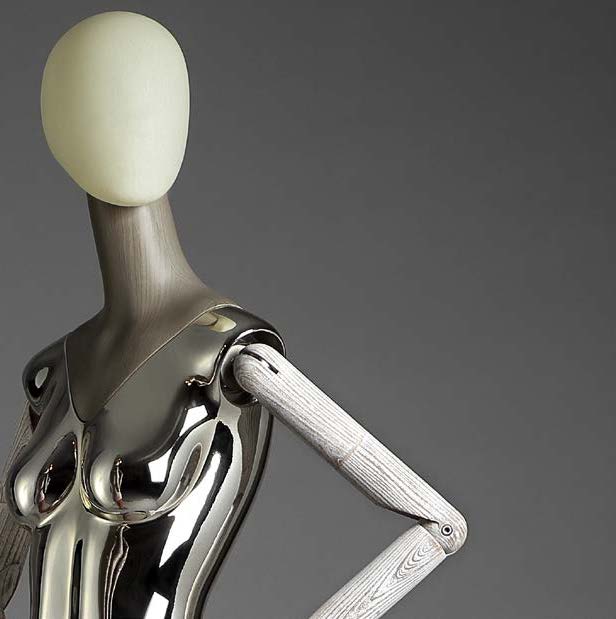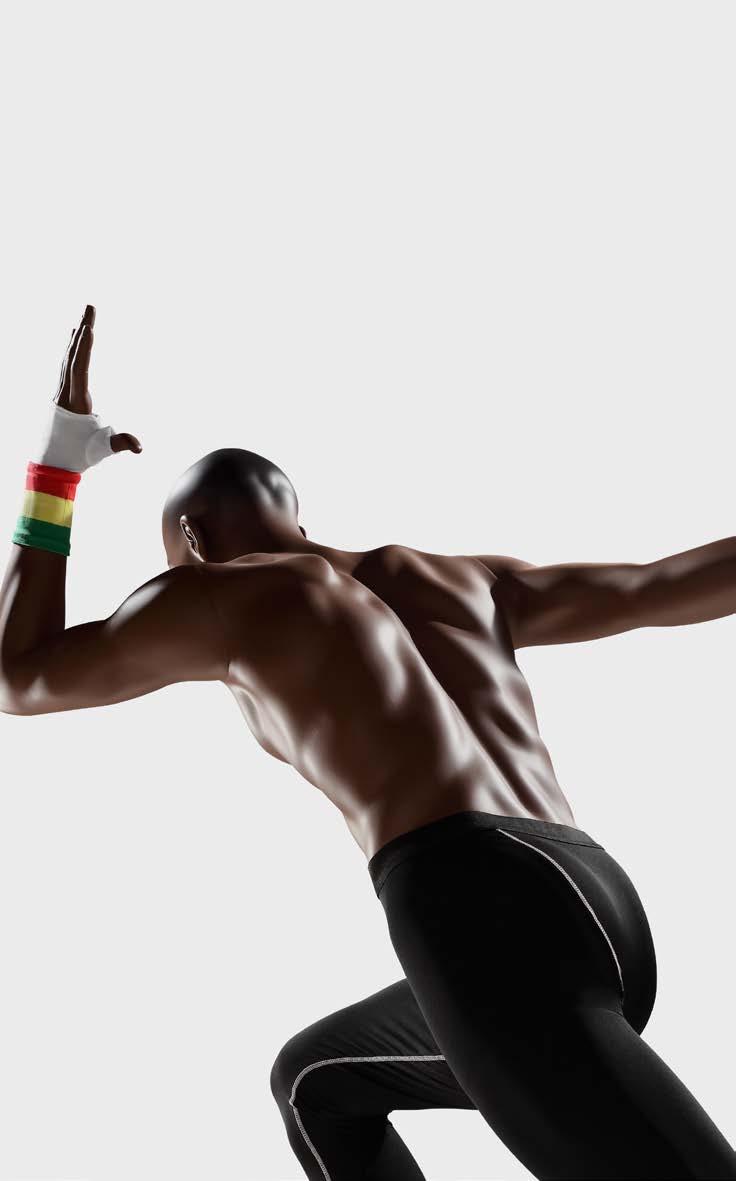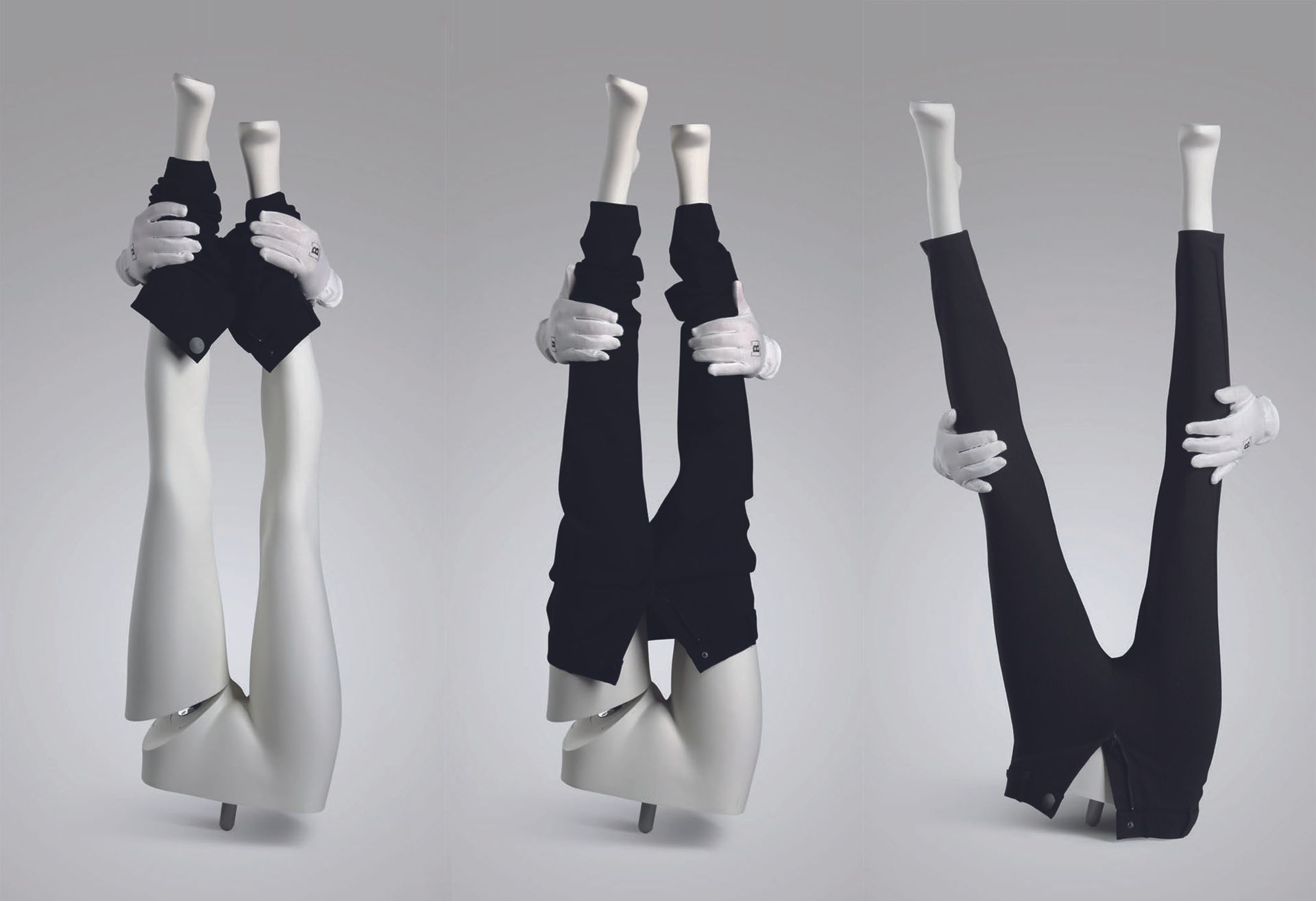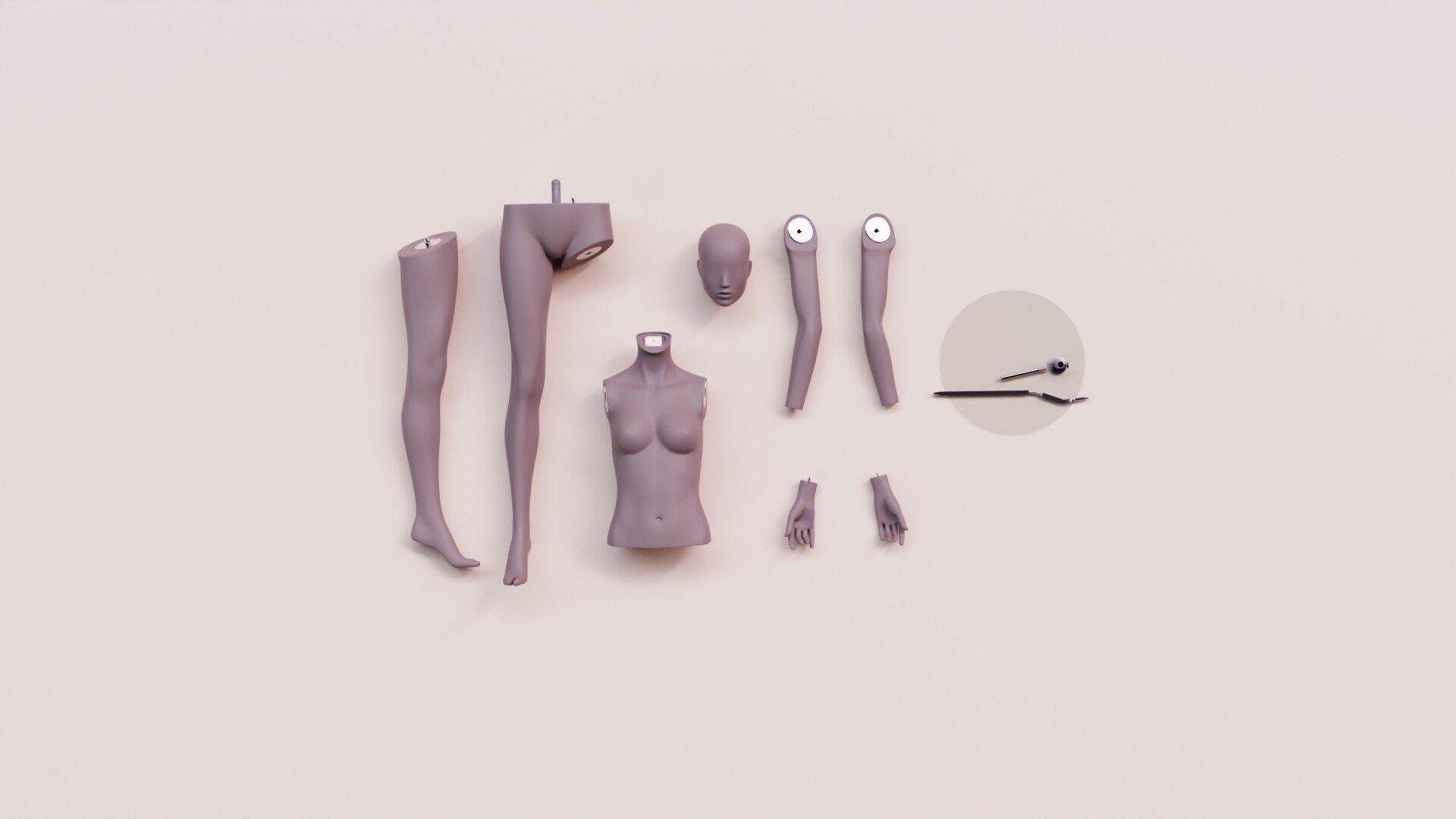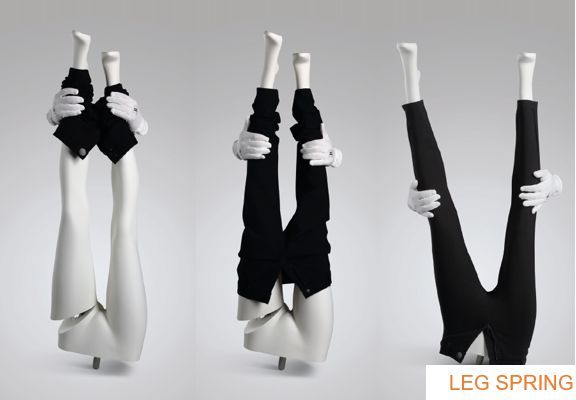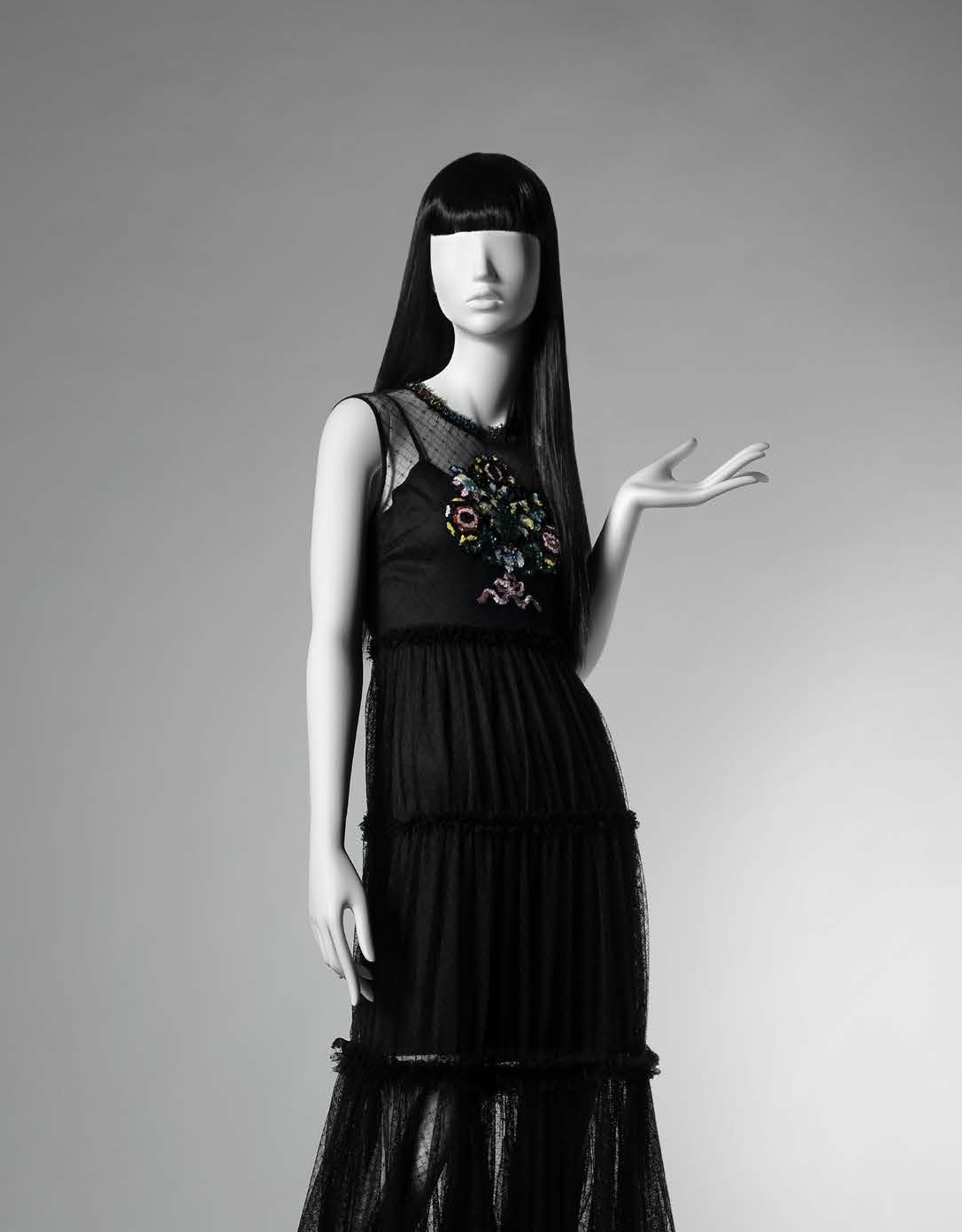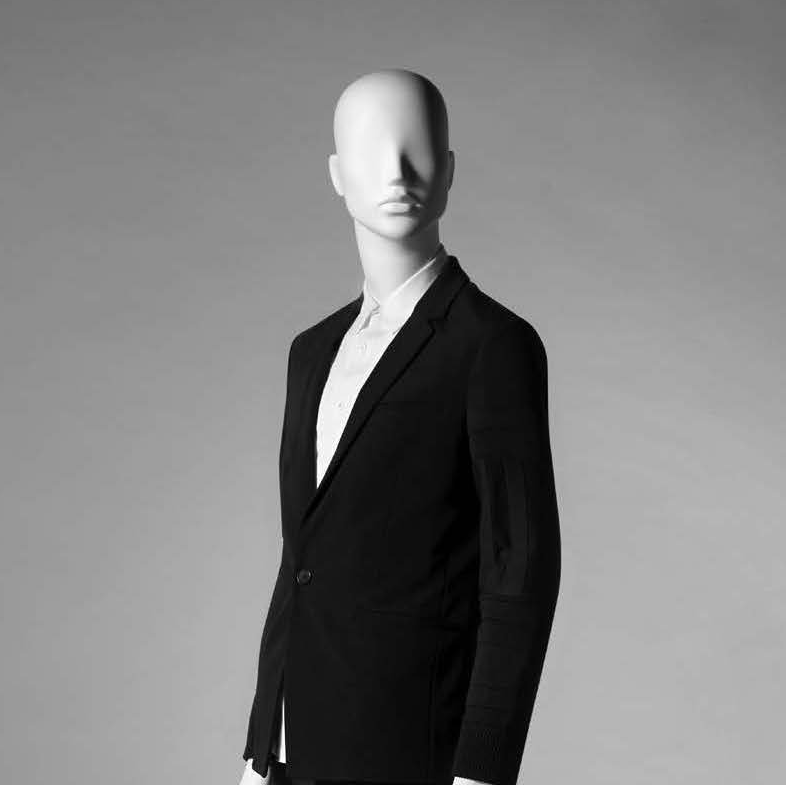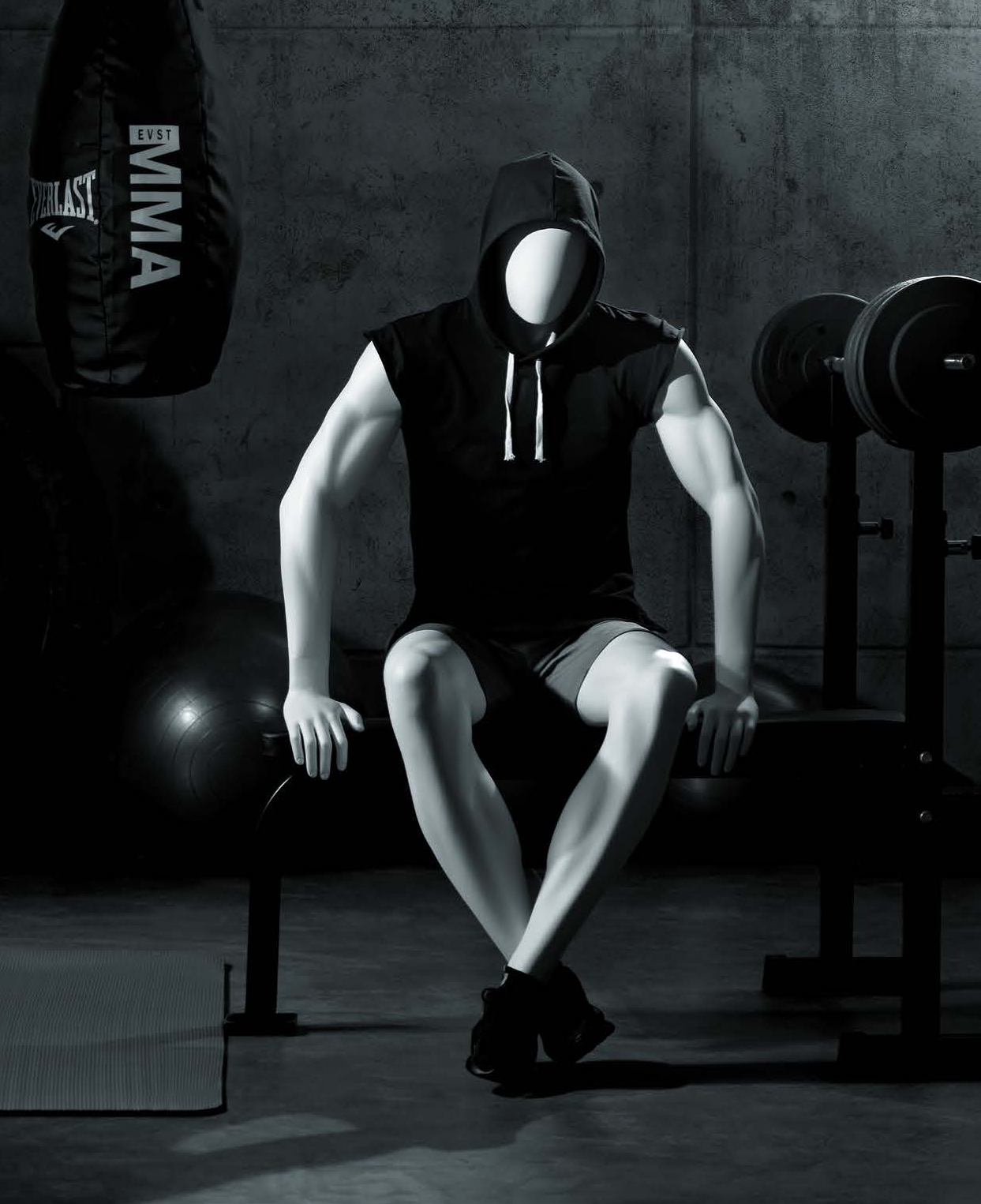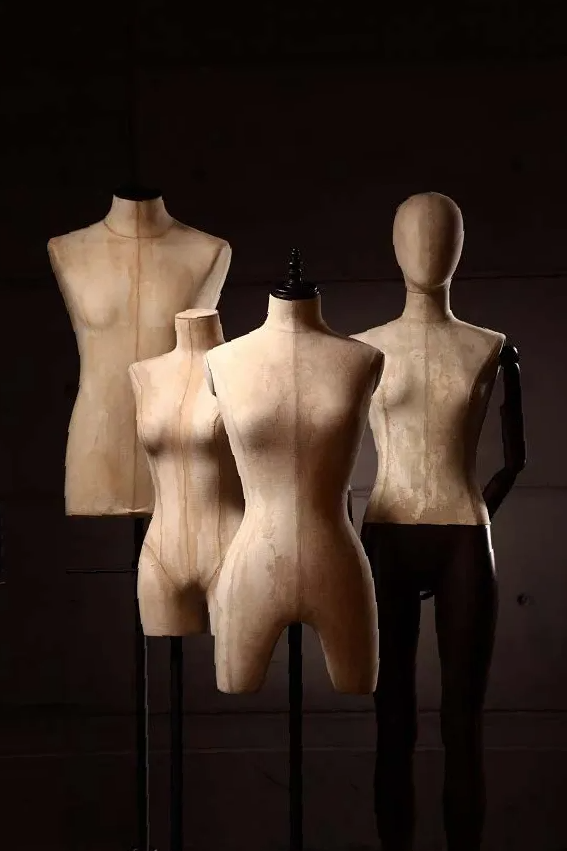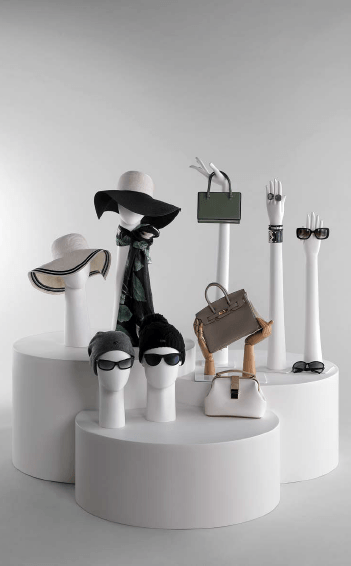Why Mannequins?
Why Mannequins?
Why Mannequins? Because they work.
Mannequins have always been used as a tool for sales in retail. It’s a well-known fact that clothing properly displayed on a mannequin will increase the sale of that product by 20-40%.
Fortune claims that Brian Cornell (CEO of Target) said,
“Sales of items worn by mannequins, which are now at 1,400 of Target’s nearly 1,800 stores, have increased by 30%."
That’s impressive!
At a basic level, a mannequin is a life-sized human form used in-store to show merchandise used to showcase merchandise in order to increase sales. They are often perceived as simple bodies that involve dressing and accessorizing and, apart from this, do not tend to have separate characteristics.
They are an iconic presence in retail and one of simplest and most effective ways to inspire the customer to buy product. They allow new product, sales and hot trends to be featured visually in an instant. In addition, mannequins also work in window displays and can be used to lure clients into the store by displaying the store best and finest merchandise.
Today, they have evolved beyond static objects to become something that can add real value to the message of a brand and highlight store design to heighten the customer shopping experience. Mannequins, from a retailer’s perspective become the face of the brand they represent. More and more, retailers are challenging what a typical mannequin is in order to distinguish themselves. Some might not consider mannequins terribly significant, but they are! Brands that “get it” make hefty investments to design custom mannequins that effortlessly illustrate their brand story and image. In today’s retail environment, it’s the details that matter. Luckily with mannequins, the possibilities are endless.
Lifestyles
If a picture is worth a thousand words, then perhaps the most noteworthy element of mannequin use is its ability to represent a target customer. Realistic mannequin figures, in specific, can not only portray and relate more appropriately to clients, but can also encourage strong individuality, diversity and inclusiveness.
Store Design Symmetry
Mannequins can be an important aspect of the store's interior design. They improve and compliment the store's atmosphere. Incorporating elements of the store design into the mannequin such as colour, tone, finish and texture will allow for unity and enhance the visibility of the displayed product.
Characters
Breaking the boundaries of a traditional mannequin has a huge impact to separate yourself from the sea of retailers out there. Our only limit is our imagination.
Fit
Not every target customer is the same size. “Curvier” options as well as petite, more toned, slender, and even "buff" figures are readily available for both men and women and all the options of customization options are available.
Active
Mannequin use in the profitable sector of active wear shows no signs of slowing down. The way active wear is presented to customers can have a real effect on its attractiveness. Collections of Outdoor Sports clothing on mannequins in running, hiking or skiing positions demonstrates how mannequins can be as flexible as humans, show the clothing in action and bring them to life.
Both physically and symbolically, 'active' mannequins can really help imprint the brand image onto the customer.
Customization
Every Brand is unique and creating a customized mannequin with exclusive use is a valuable option to standing out above the other retailers by defining that uniqueness. With today's 3D technology, creating your very own mannequin has never quicker and more affordable. Creating a new pose or even just a head or face has never been easier. With new software at our fingers, conceptual 3D models can move into production in 2-3 weeks.
Social responsibility
Sustainability is more than just a trend. It is an approach to business and life and important for some brands to communicate to their clients. New plant-based materials available for making mannequins have a considerably less carbon footprint than a decade ago. Some creative solutions include mixing material with recycled material to create beautiful looks that are not only unique but show the client visually a brand’s commitment to a greener future.
In Conclusion
Mannequins are a fantastic way to sell products, and with the options available today, they have a chance to do so much more. They are an integral part of any fashion brand, and given the chance, they can really affect a brand’s in-store visual impact. Mannequins are more than just a general feeling in a store; they become something clients can really identify with and establish a long-term connection. They tell a complete story of what the brand represents, conveying inclusivity and diversity, and showing commitment to a greener future. Most importantly, mannequins sell products!
Leif Anderson has provided goods and services to Canadian retailers at Gender Mannequins since 1996




